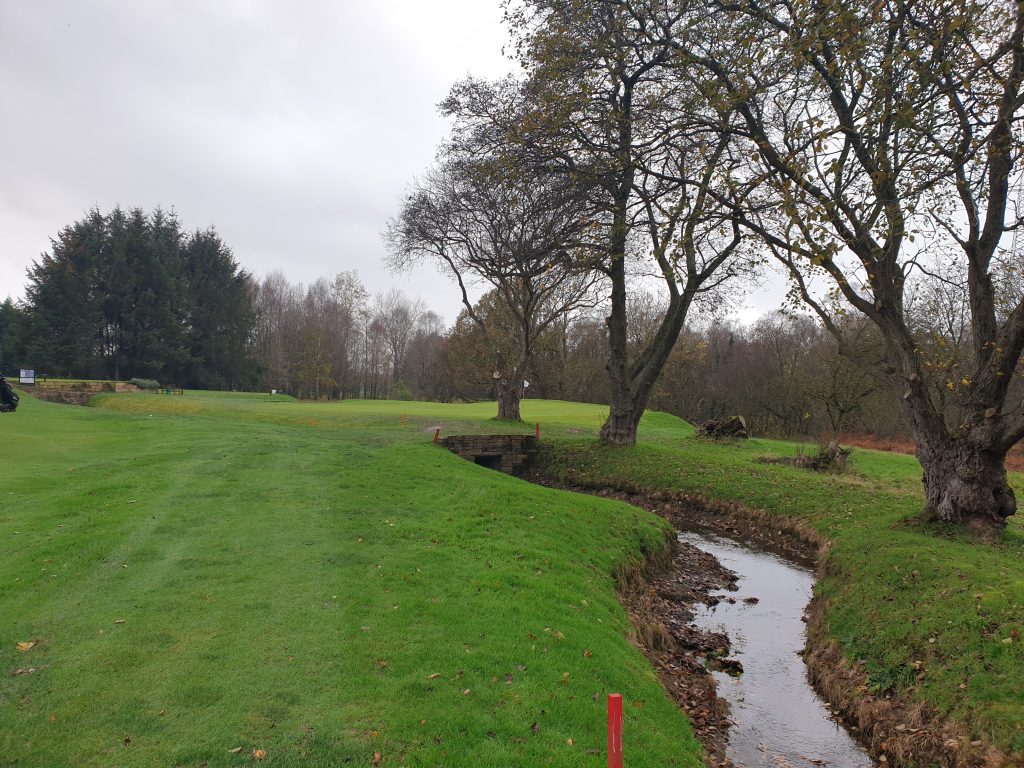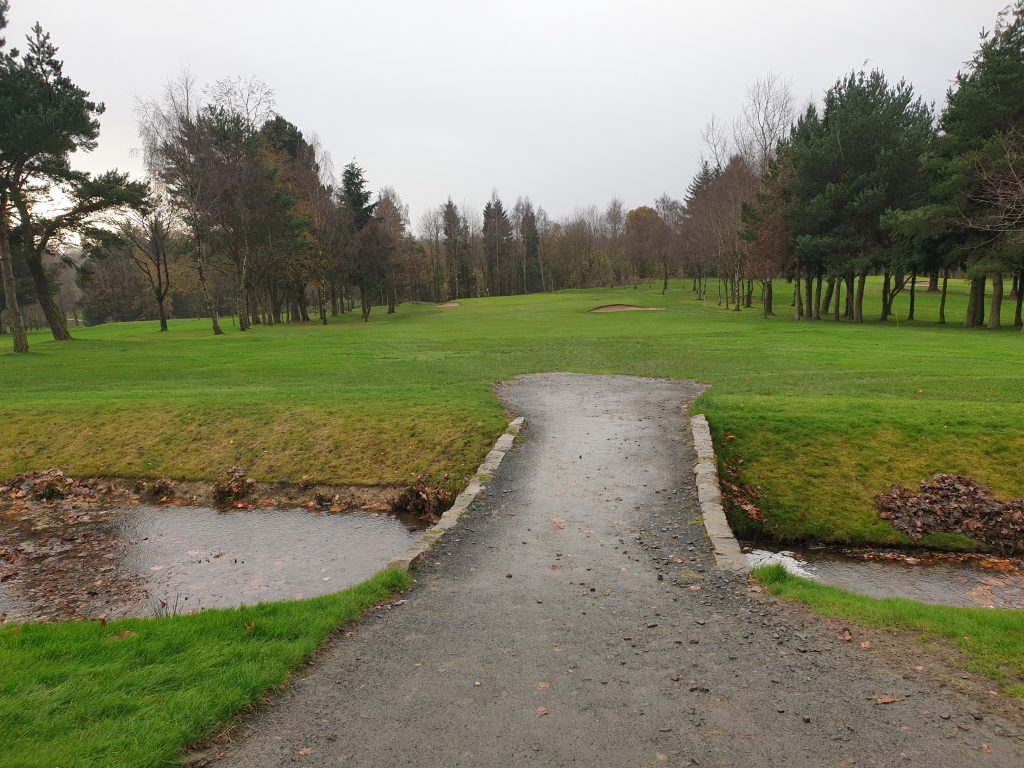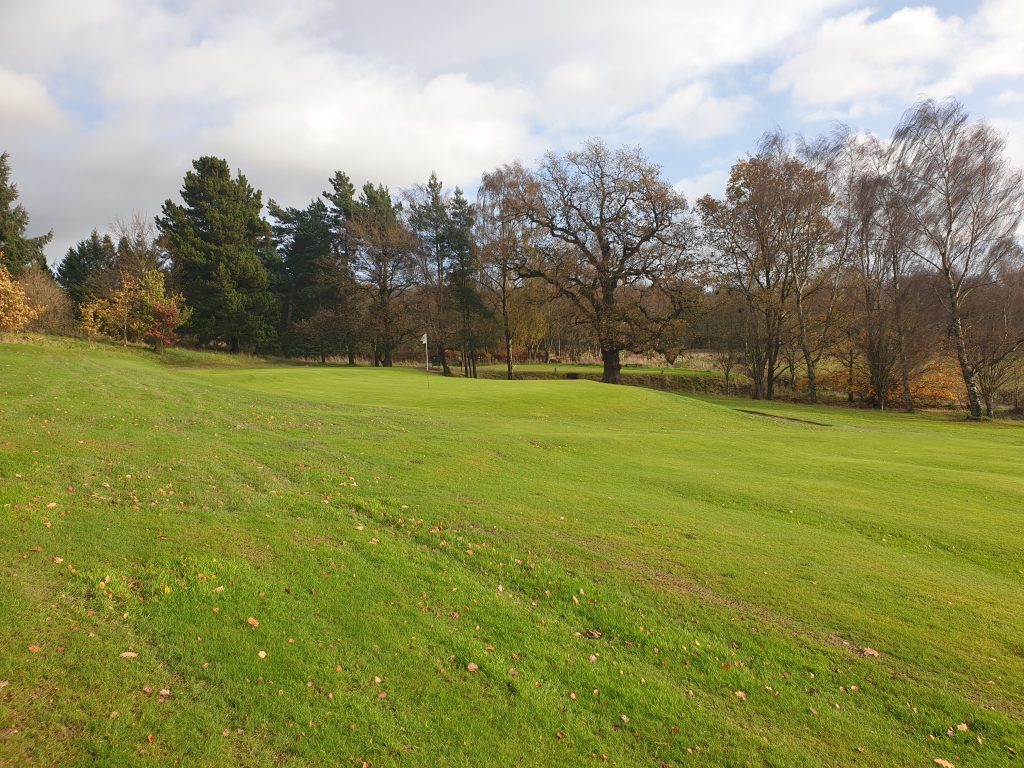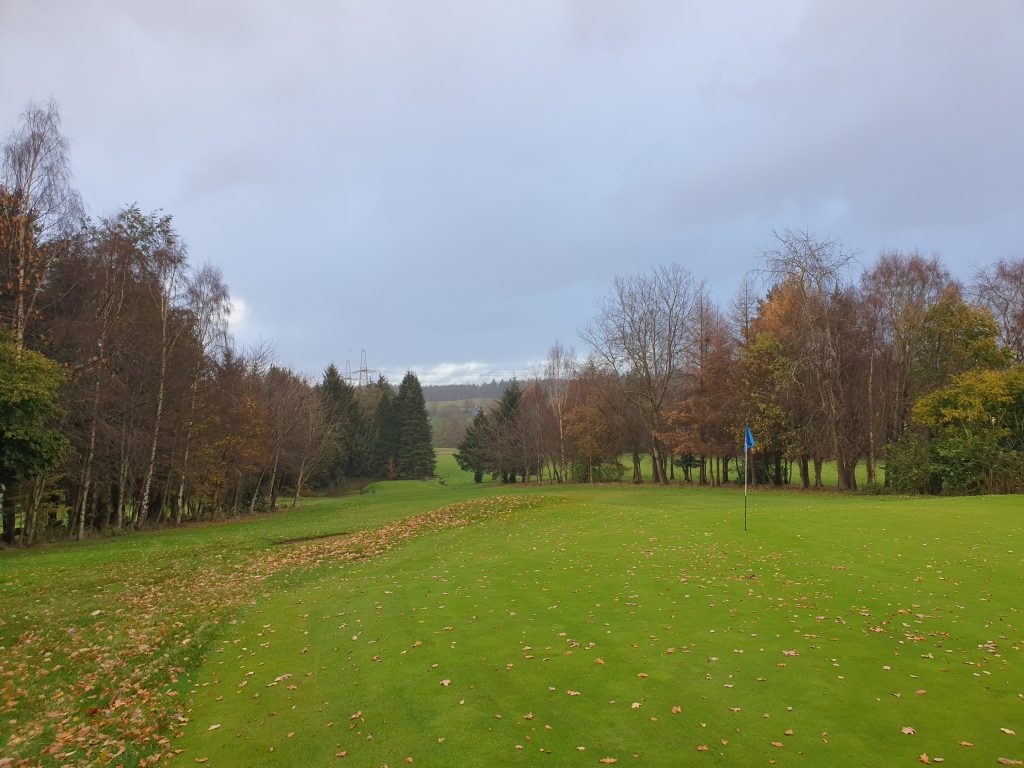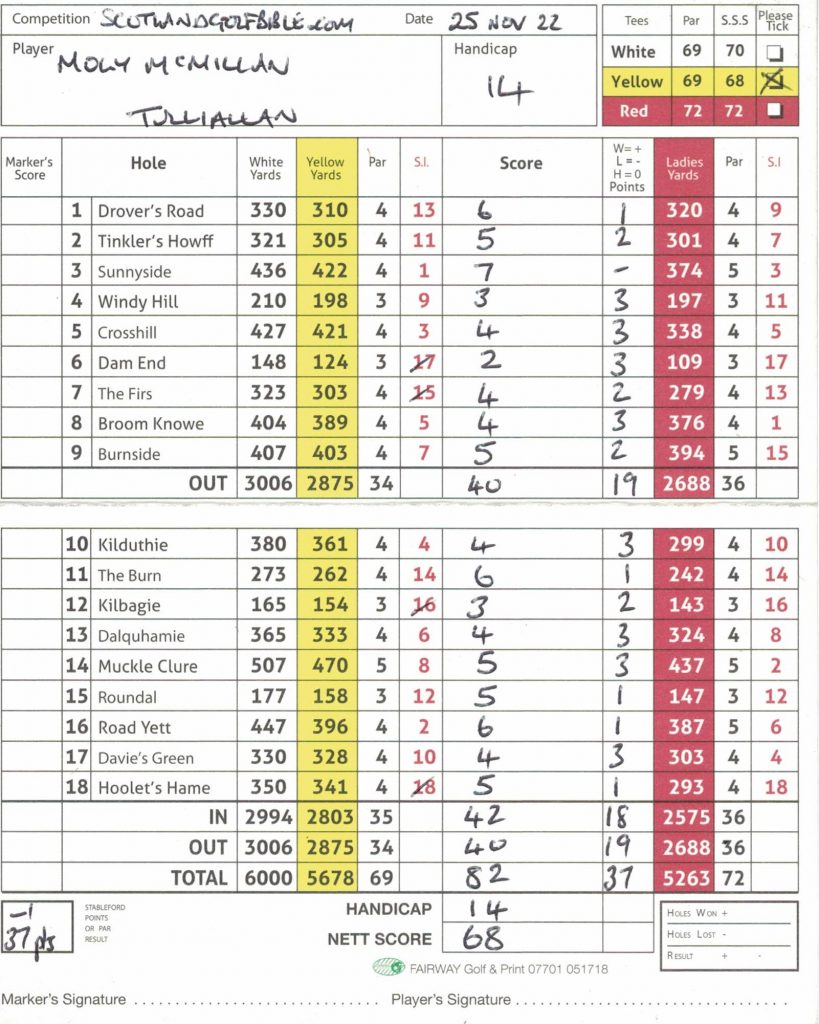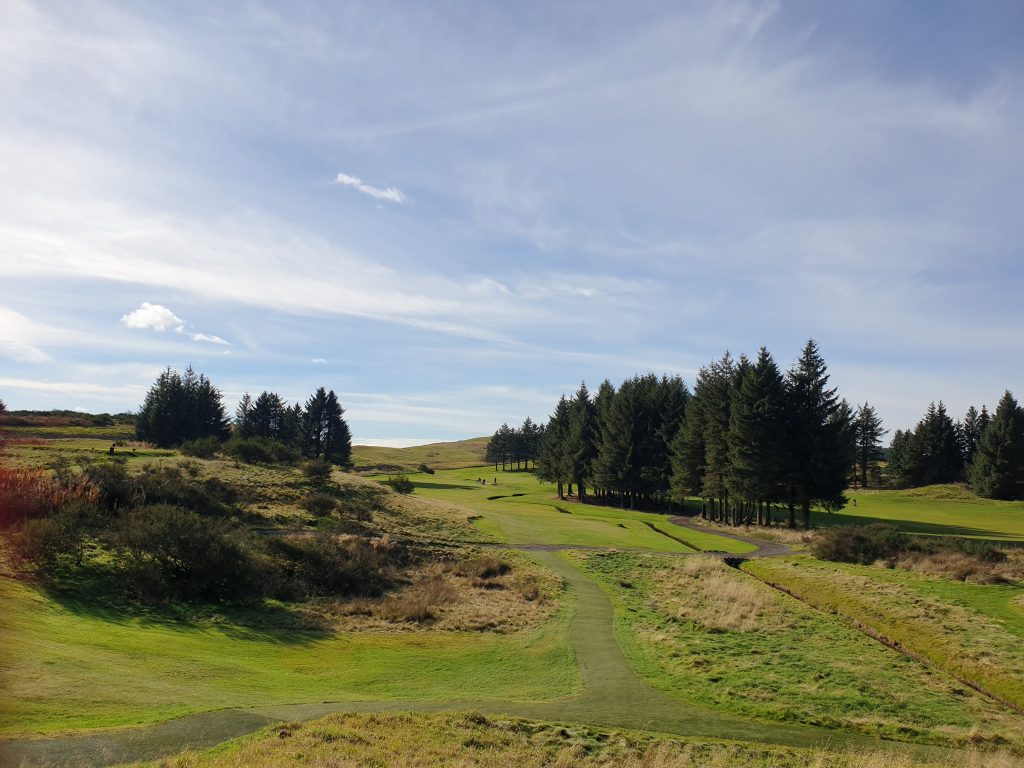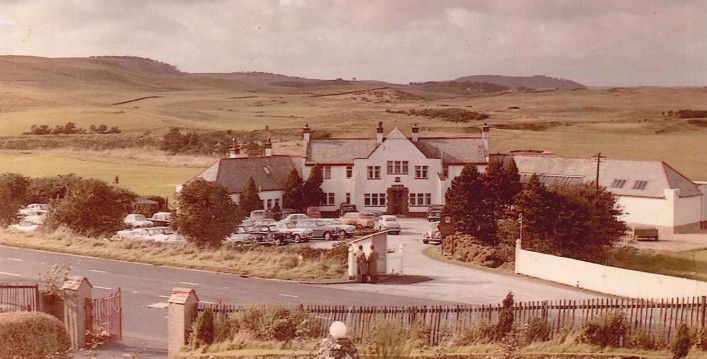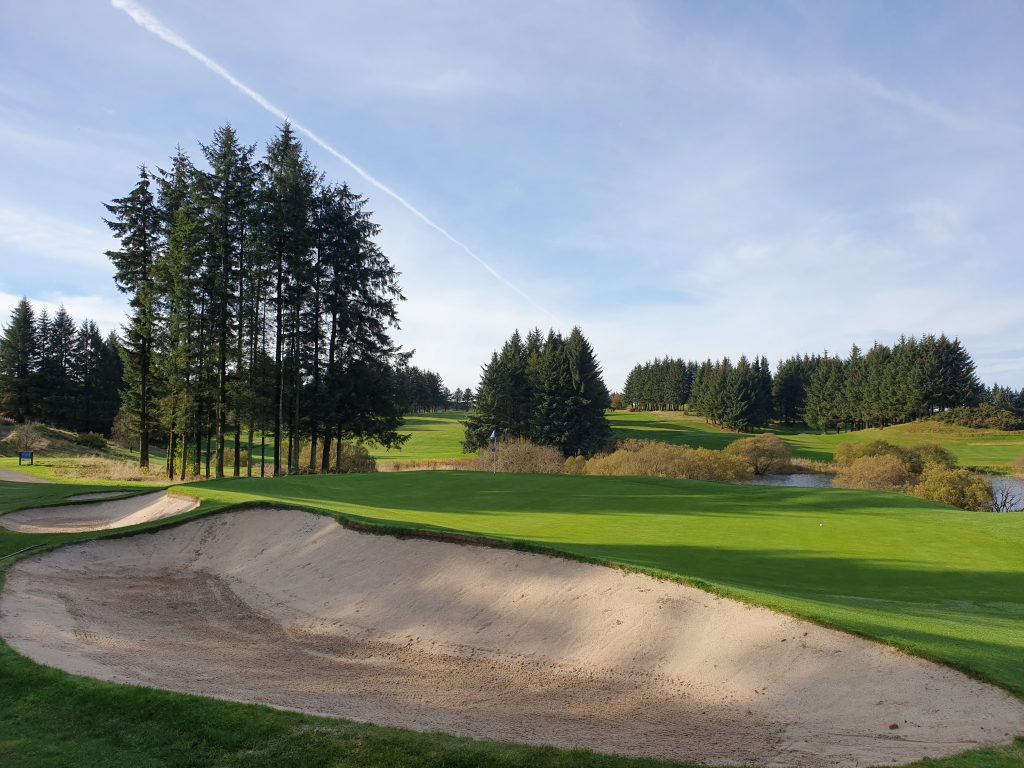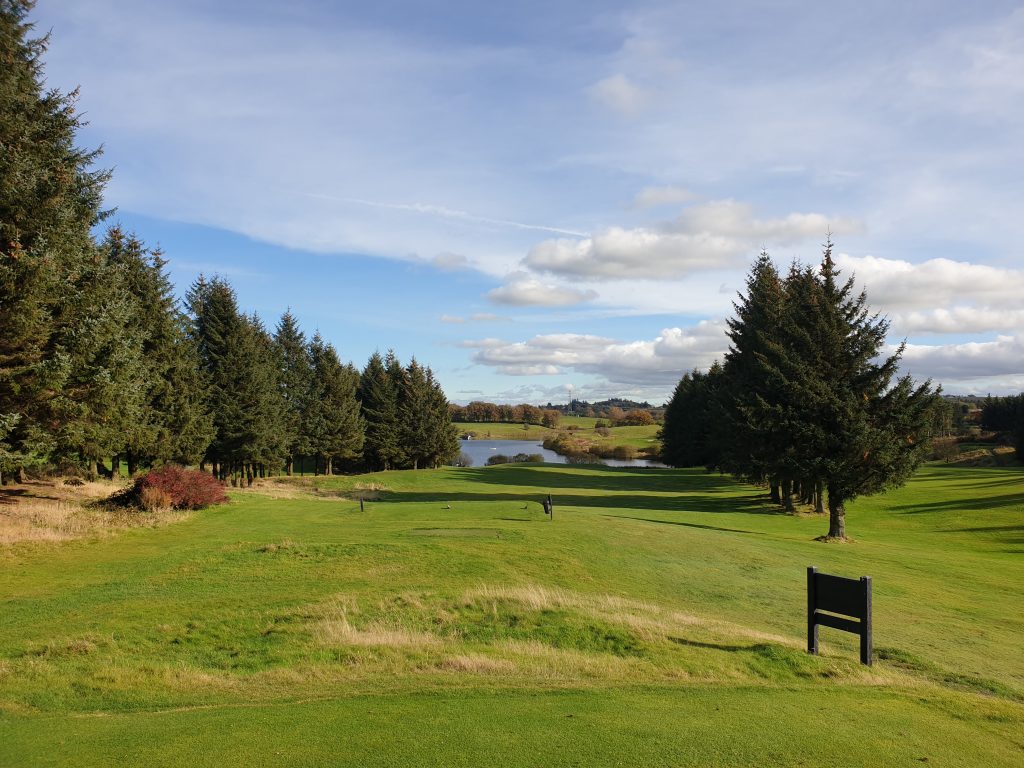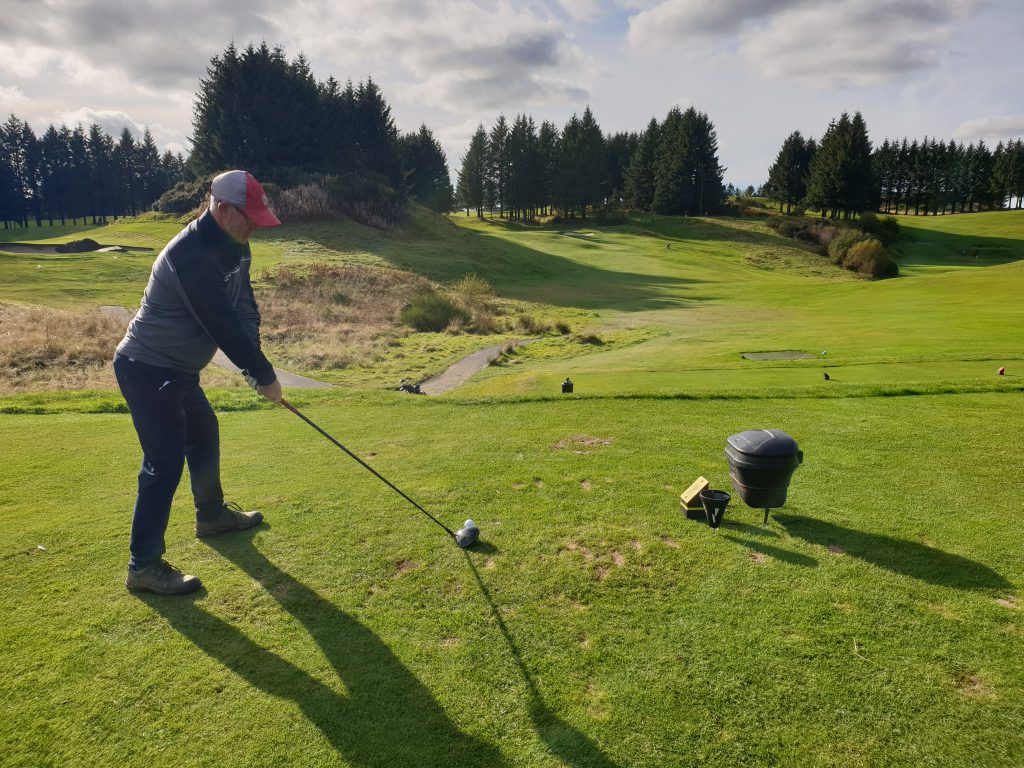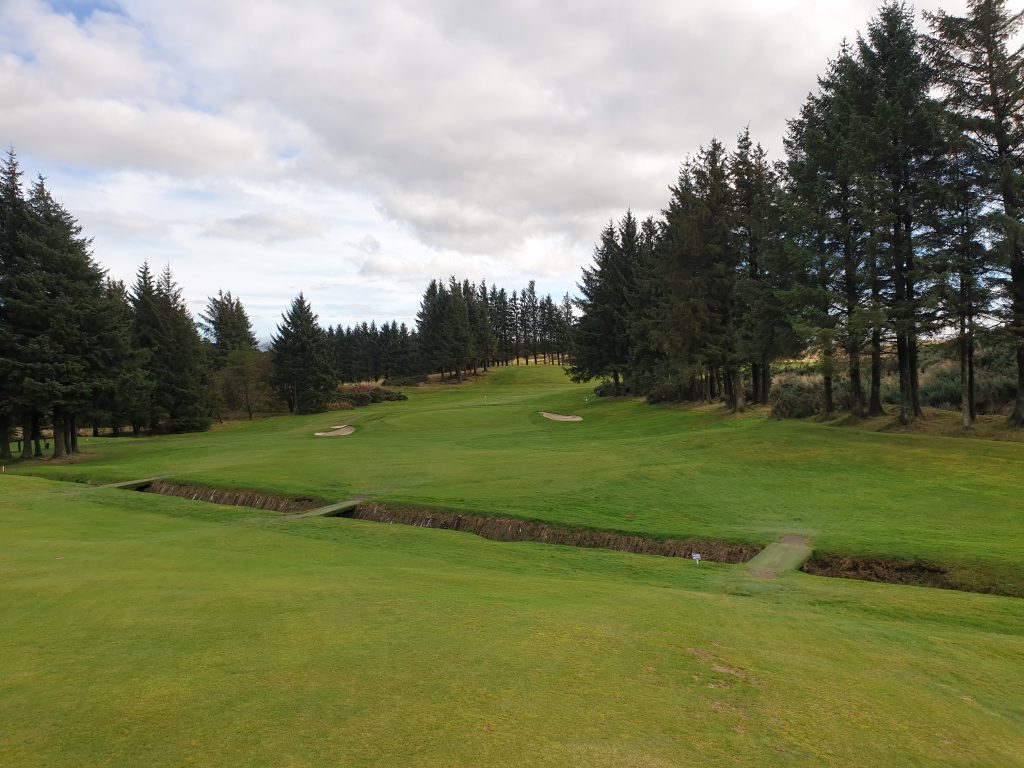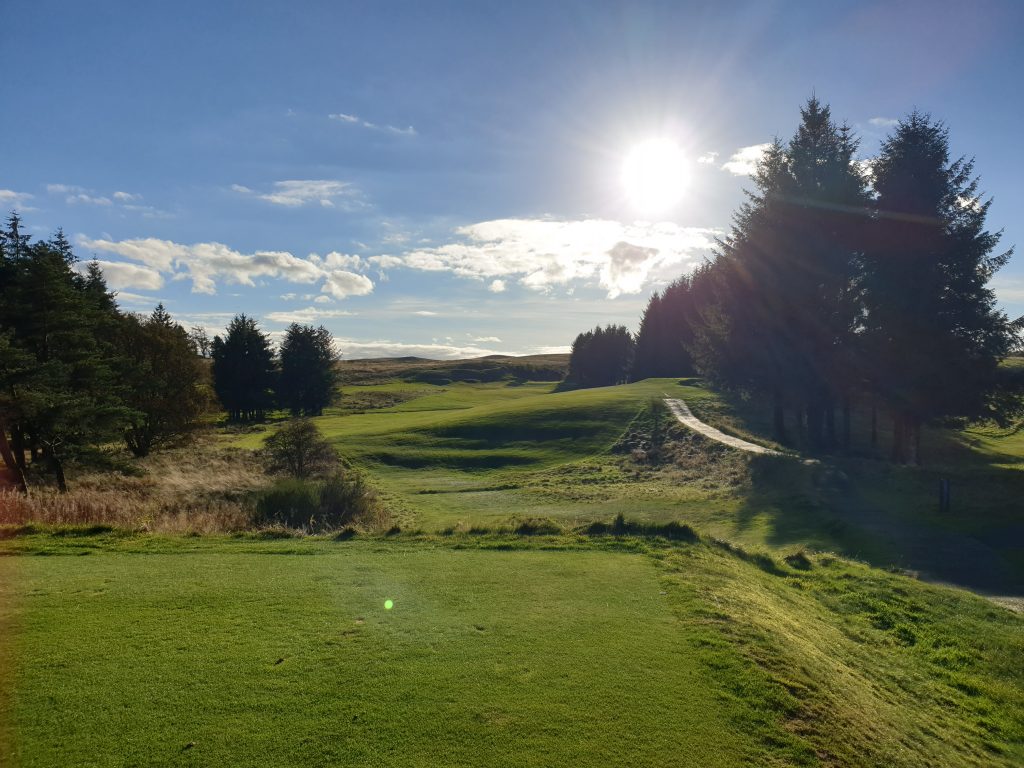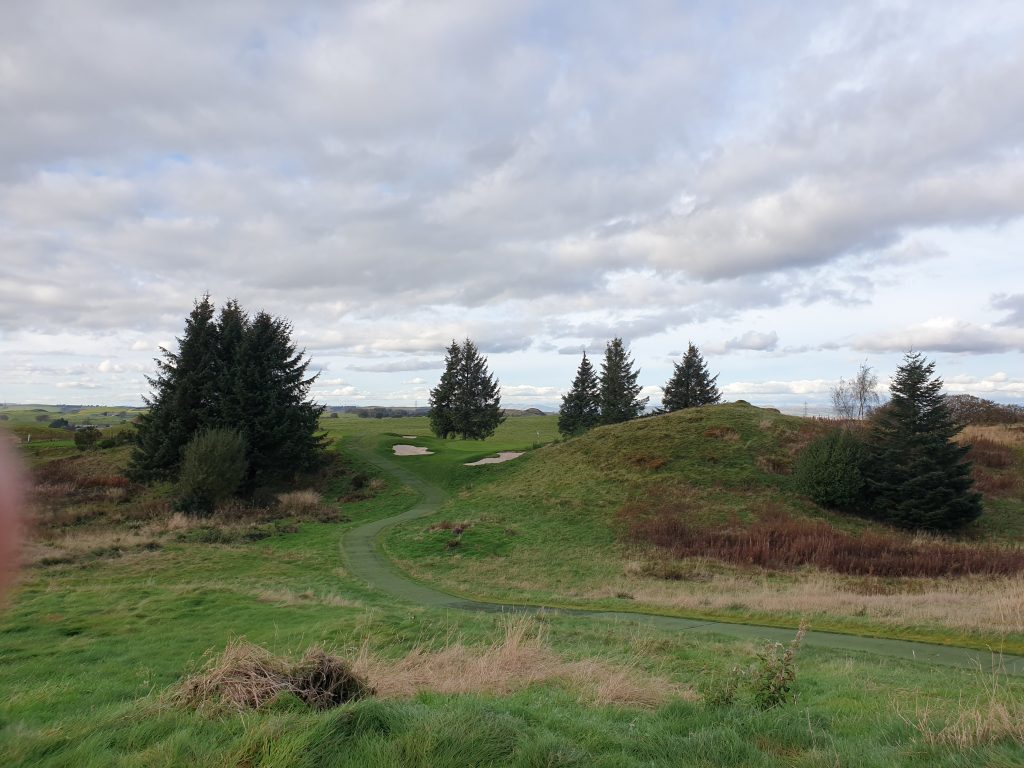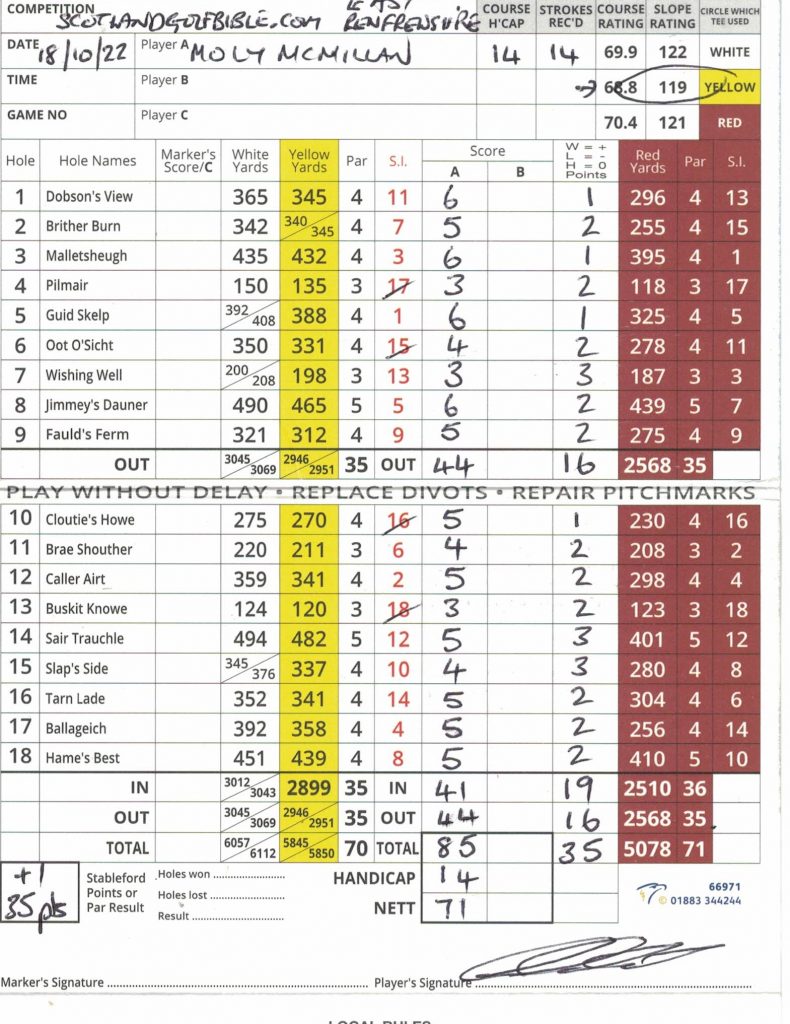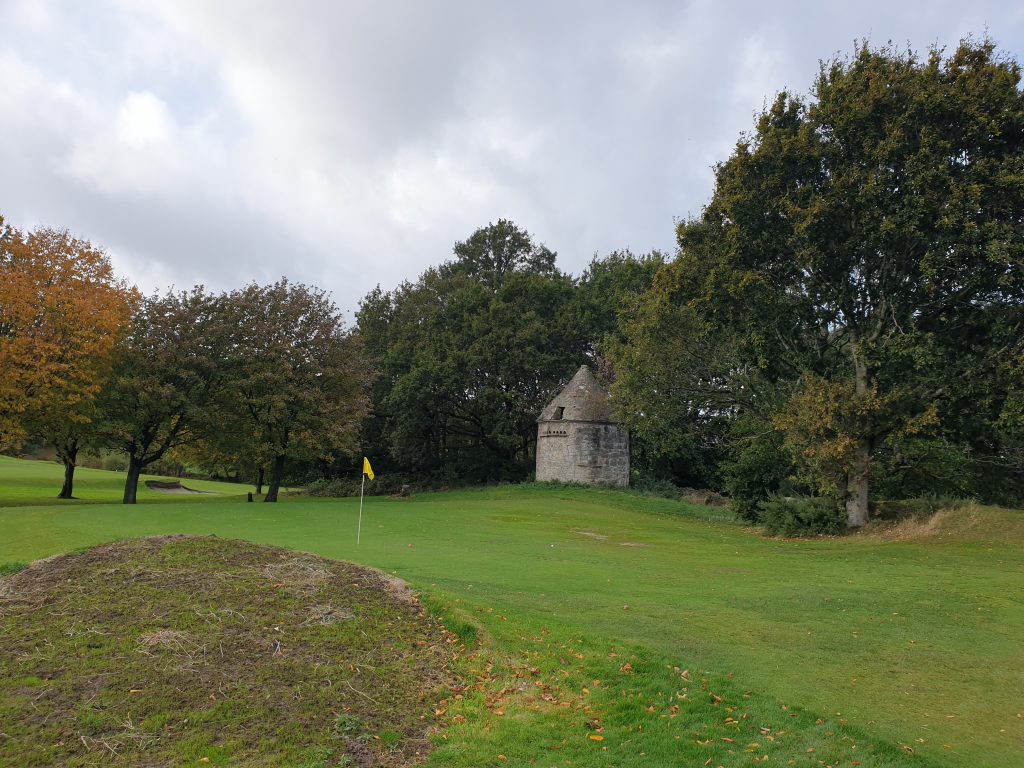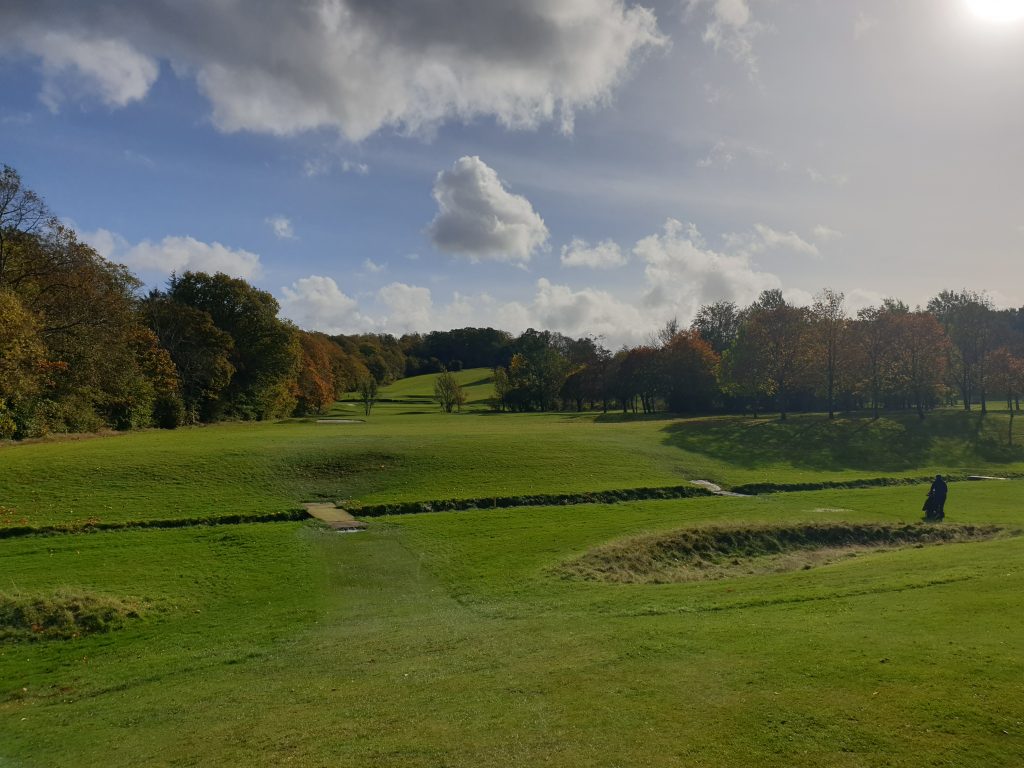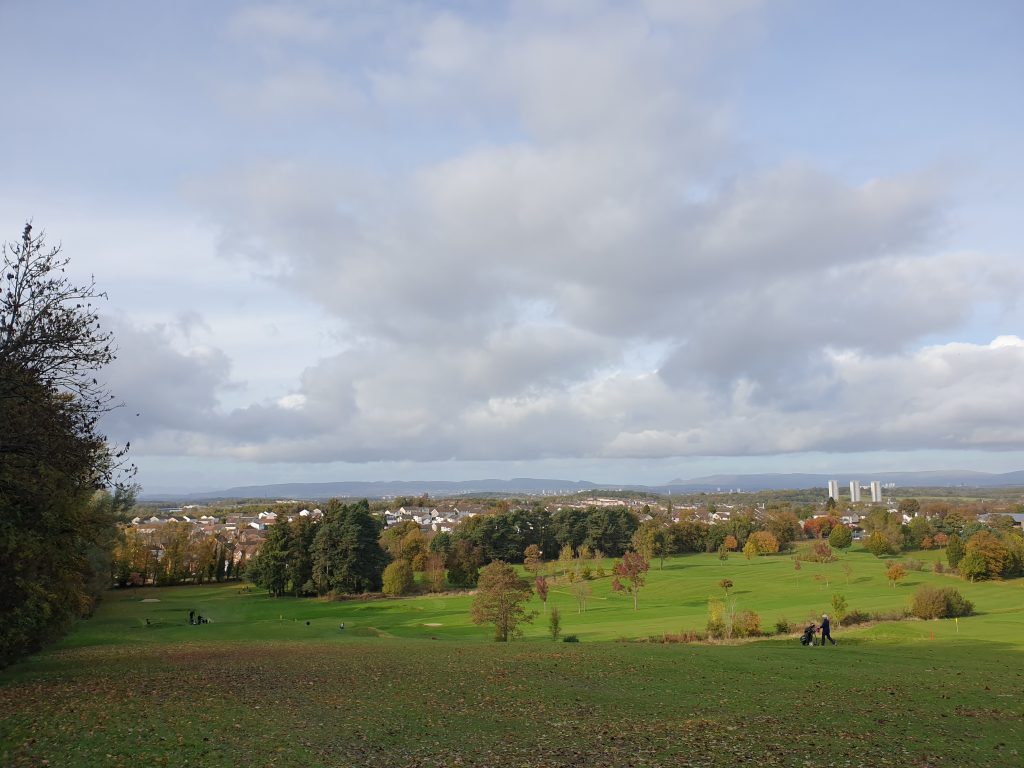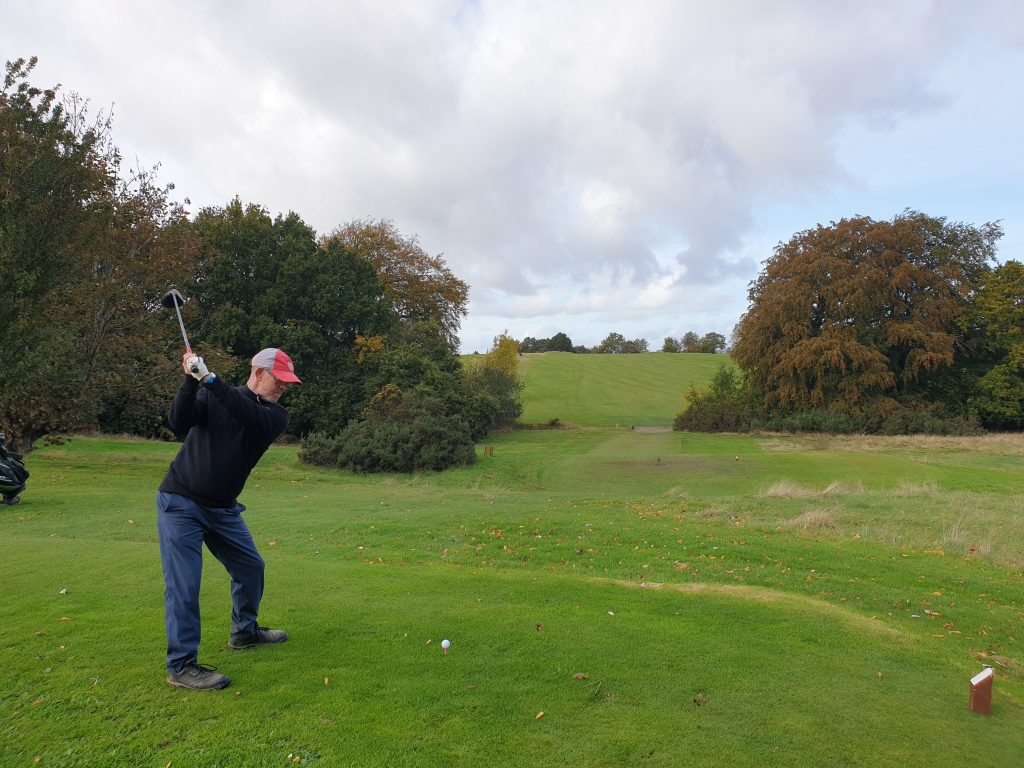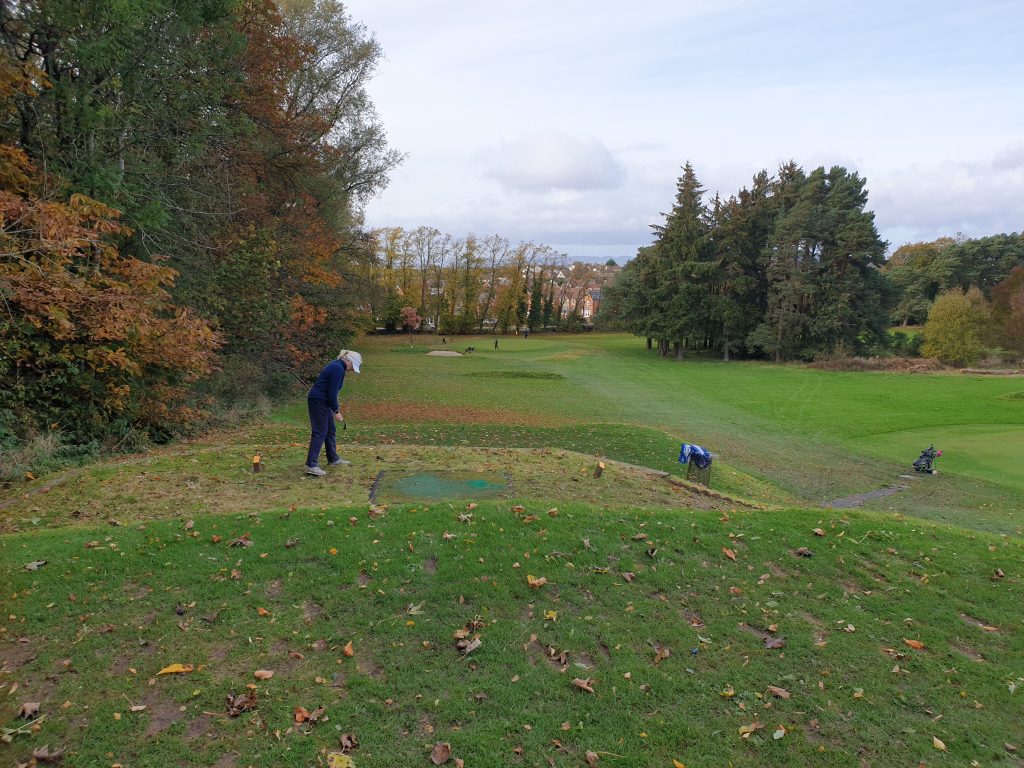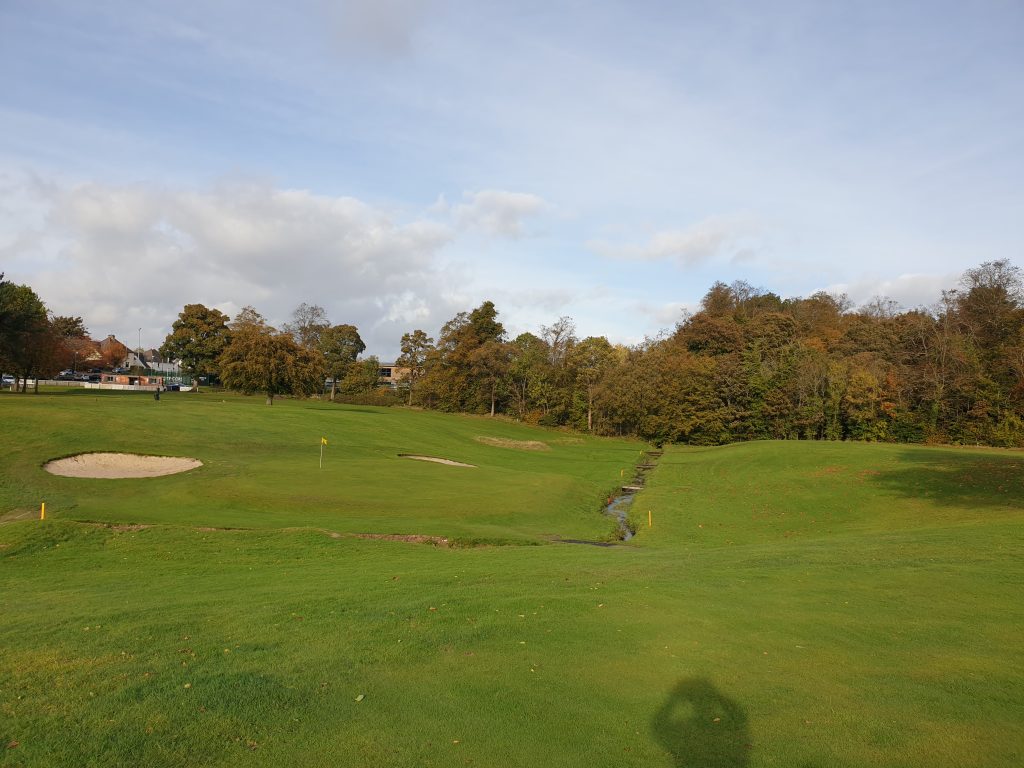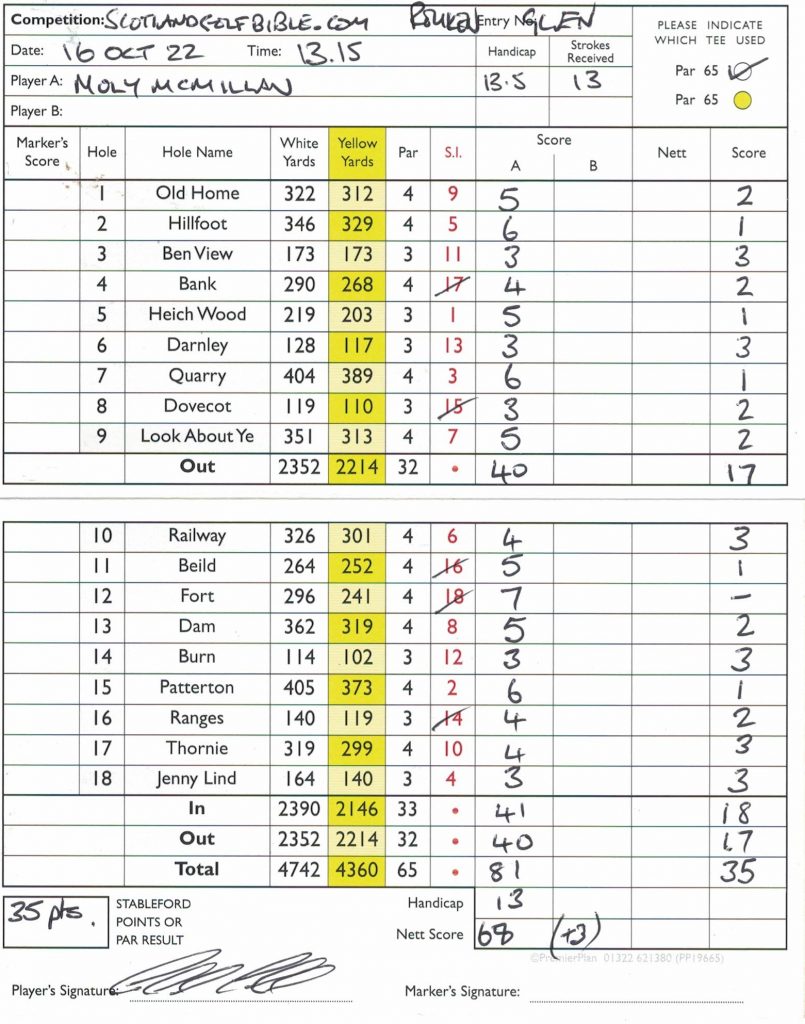Very good, but a world best?
Value for Money (out of 5) – 4.5
The club website reports “The best course in the world ….under 6000 yards”.
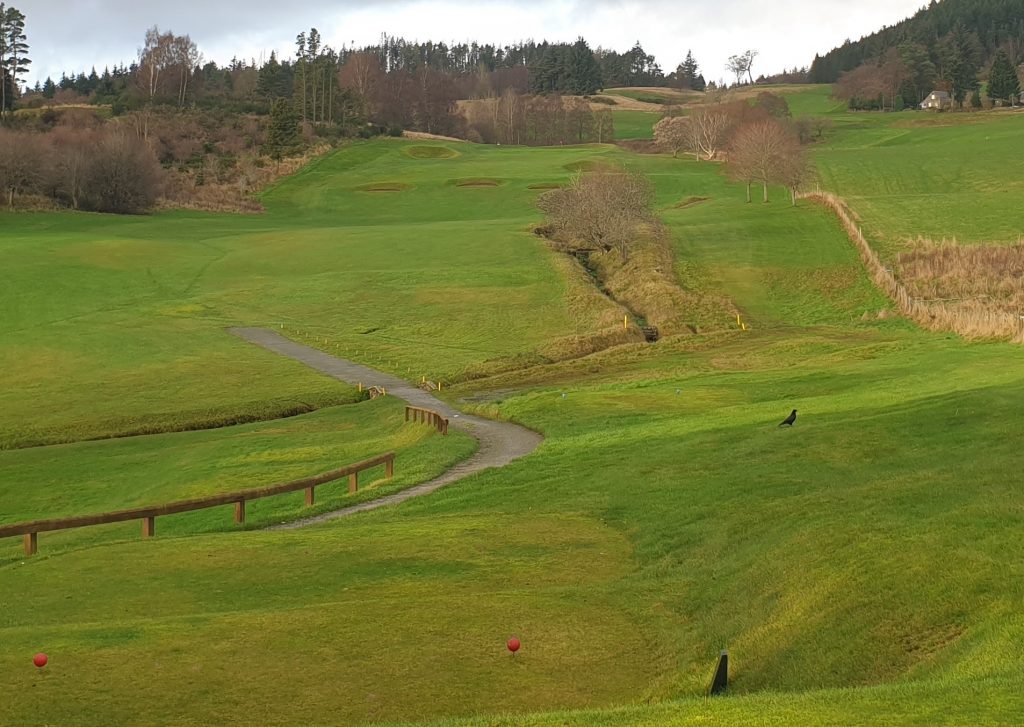
Pitlochry is unquestionably a good course, laid out in 1908 by a great designer, Willie Fernie (Turnberry Ailsa). But a “best in the world?”. Has anyone ever played more than 10% of the world’s 40,000 courses or listed them by yardage?
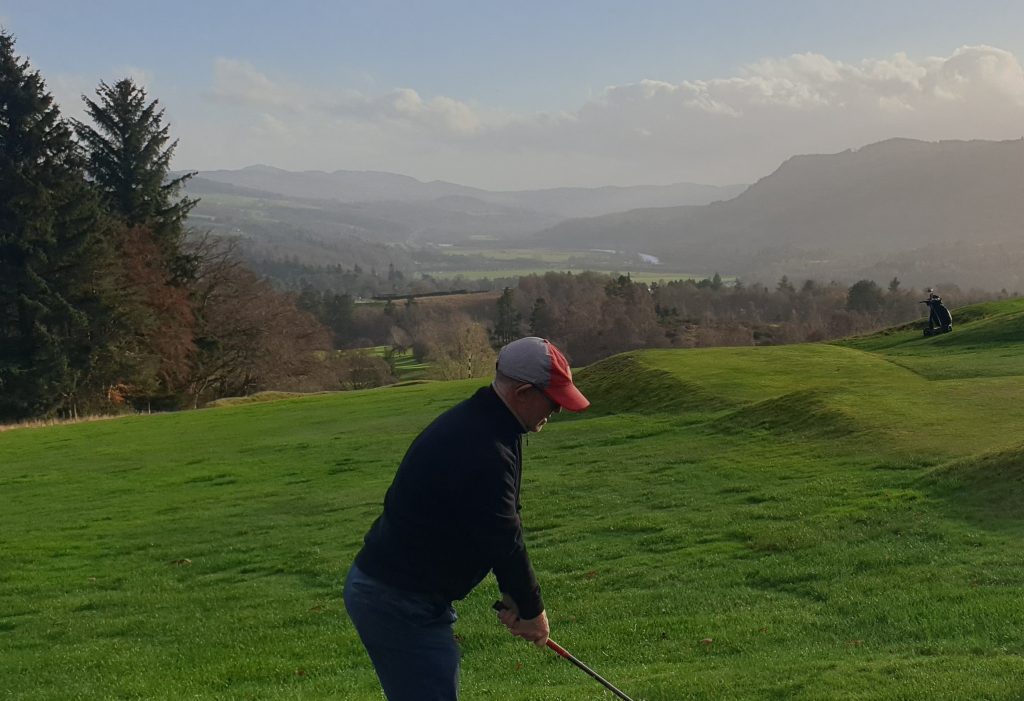
The website statement is marketing hyperbole of course but, in a way, is fitting as this “Gateway to the Highlands” course has always been a commercial venture since a development consortium built the course above the town. Having laid the new golf course, the original 9 hole Pitlochry course was later flooded in creating Faskally Reservoir for a major hydro eclectic plant. I doubt any visitors to Pitlochry’s dam to watch salmon leaping, through the man made fish ladder, know they are standing above a golf course.
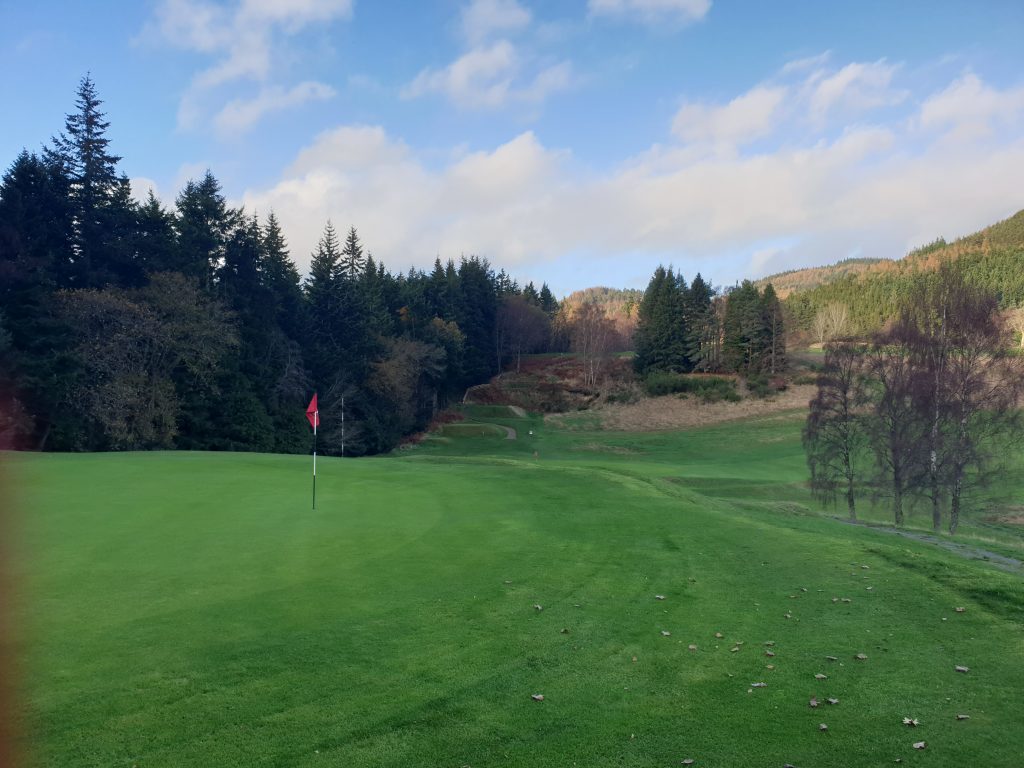
So how good is the course? Setting aside the hubris from the website, it’s a really good one. It is fairly short, but the undulations and the many plateaued greens make it feel longer. Despite, arguably, a lack of variation (there are 15 par 4s and 3 par 3s) the regular changes in hole elevation is the real challenge, especially for a visiting golfer. Weaving it’s way around relevant sites of Pictish Forts, and with stories of visits by Robert The Bruce and Queen Ann, there is plenty of history here as well, all described on the excellent course guide on the club website here. The greens are beautifully constructed and difficult to read.
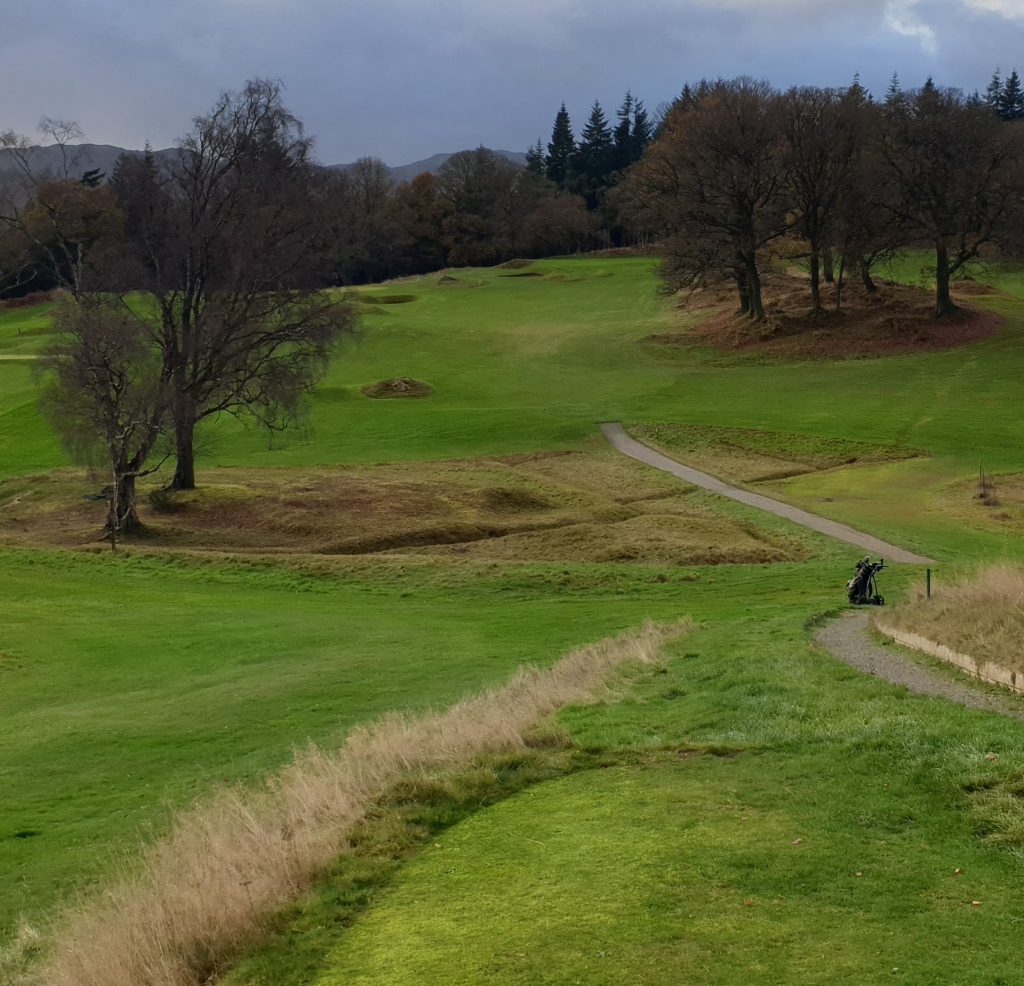
The course was in excellent all round condition when we played, despite recent heavy rain. We played off a shortened winter layout, and paid only £21.99 via golfnow.com. This is incredible value and as a business there are often deals to be had here.

Being only 25 miles north of Perth on the A9, Pitlochry became a key holiday destination in late Victorian times and still remains a desirable holiday venue. The Golf Club’s opens competitions are very popular, not least because of the great clubhouse hospitality and food.

Back to the hyperbolic claims. Of the courses I’ve played, Pitlochry isn’t even the best Willie Fernie designed course under 6000 yards – that’s Shiskine for me. I also think Boat of Garton, Kilspindie and Carnoustie Burnside (where Hogan qualified for the 1953 Open) are all better courses and under 6000 yards from their longest tees.
Pitlochry’s course guide also states the short par 15th hole is “probably the most difficult par four in the world”! Whilst it’s likely ‘tongue in cheek’, I did take 7!
Facts:
Round List Price £65. Actual Paid £21.99 through Golfnow.
Course/Slope Rating (yellow) 67/116.
Course Type: Heathland
Par 69 (15 par 4s, 3 par 3s)
Distance (blue): 5517 yards


